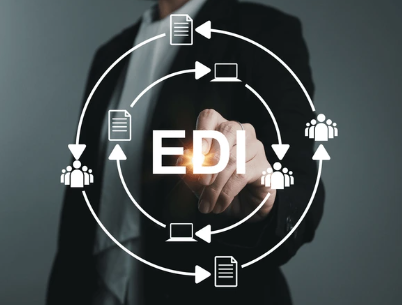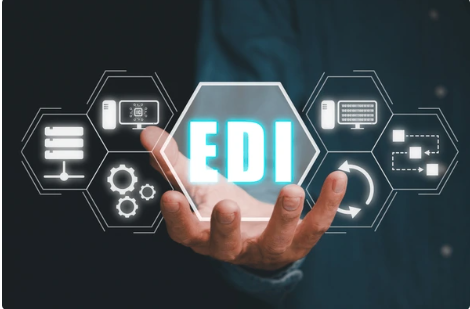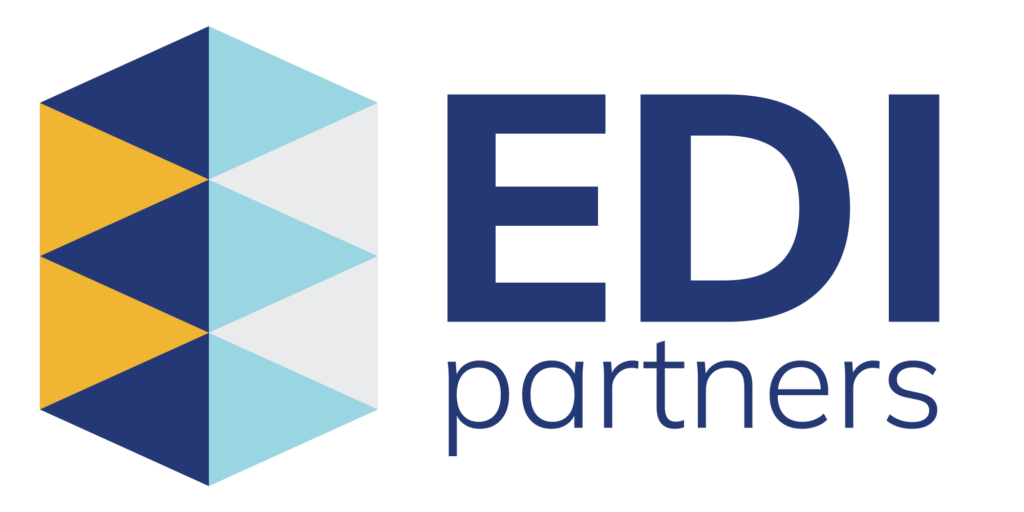Here are some resources, news, and tips from EDI Partners that might help.

Welcome to the EDI Partners blog, where you’ll find a wealth of knowledge and insights on Electronic Data Interchange (EDI). Our experts are dedicated to providing you with industry-specific content to empower your business. In our articles, we aim to share our deep expertise, answer your questions about electronic data interchange, and help you grasp the full potential of what we can do for your organization.

New to EDI? – Here is where to start
When trading partners signal the need for Electronic Data Interchange, businesses stand at a crossroads of opportunity and challenge. Here’s a succinct roadmap for navigating this transition if you are new to EDI. Steps 1- 8 Assess the Landscape: Understand why EDI is being requested. Is it to streamline operations, improve efficiency, or meet regulatory requirements? Knowing the underlying motivations

The EDI 850 Transaction – An Essential Document
In today’s fast-paced world of commerce, efficiency reigns supreme. Every delay or hiccup in the supply chain can have a ripple effect, impacting everything from inventory management to customer satisfaction. This is where Electronic Data Interchange (EDI) steps in, transforming the way businesses exchange critical documents like purchase orders. Among these documents, the EDI 850 Purchase Order stands out, serving

Optimize EDI 856 Transactions for Streamlined Supply Chains
At the heart of operational efficiency lies the Electronic Data Interchange (EDI) 856 transaction, also known as the Advanced Ship Notice (ASN). This transaction is instrumental in simplifying the shipping process and reducing errors across the supply chain. You need to make sure you optimize EDI 856 transactions. The EDI 856 transaction serves as a seamless communication channel between trading

Best Practices for Successful EDI Implementation
Mastering the art of Electronic Data Interchange (EDI) implementation is crucial for modern businesses seeking seamless communication and data exchange. Achieving success in this endeavor requires careful planning, meticulous execution, and adherence to best practices. Whether you’re a seasoned professional or new to EDI, these guidelines can help steer you towards successful EDI implementation. How to Start a Successful EDI

EDI Talent Shortage and The Value of Managed Service Providers
Electronic Data Interchange (EDI) has become a cornerstone for efficient communication and data exchange. However, the growing complexity of EDI standards and protocols has made finding skilled EDI experts a daunting task for many organizations. This EDI talent shortage has led to delays in implementation, increased costs, and operational inefficiencies. Thus, in response to this challenge, managed service providers (MSPs)
Experience Simplified Data Exchange with EDI Partners



